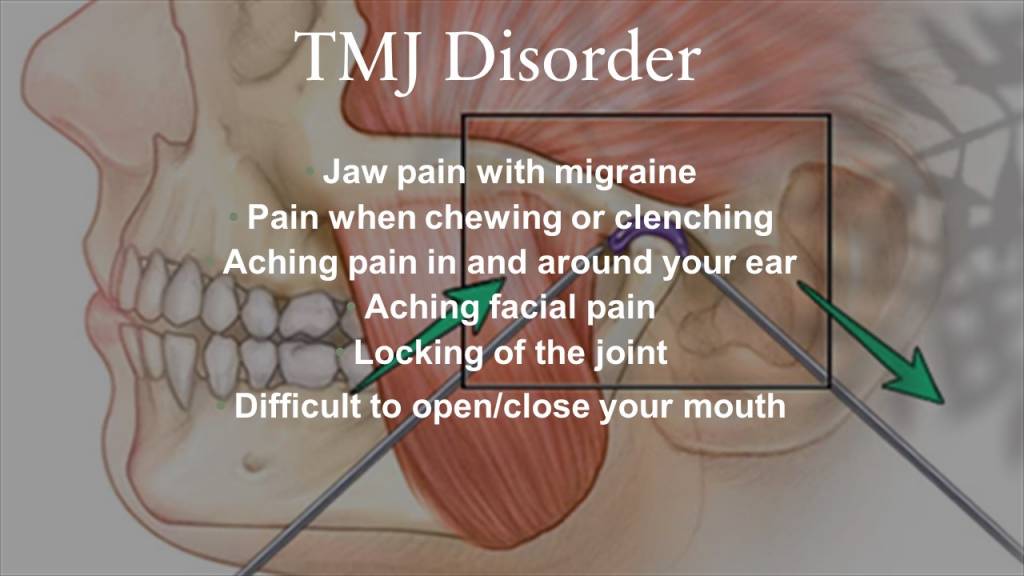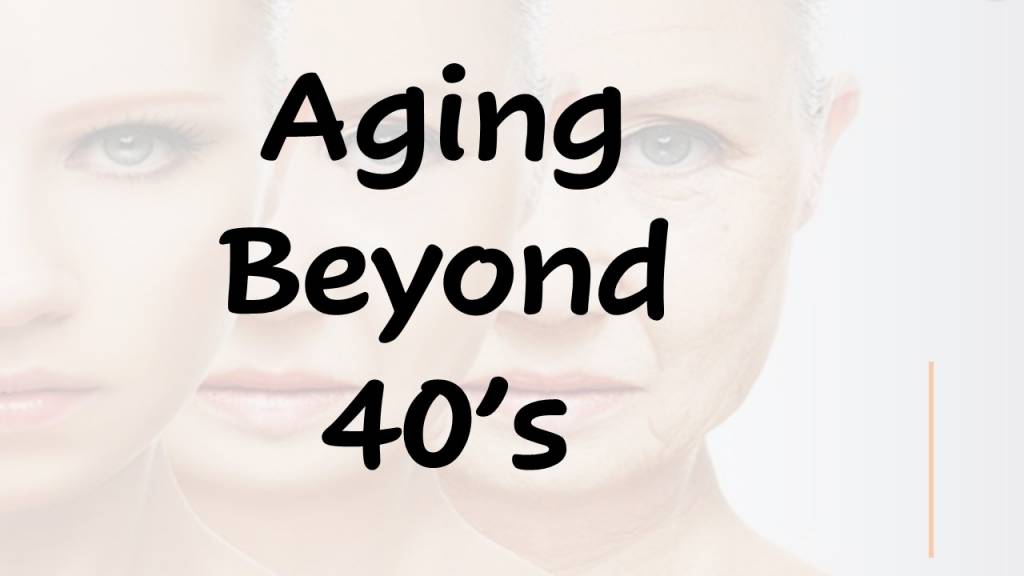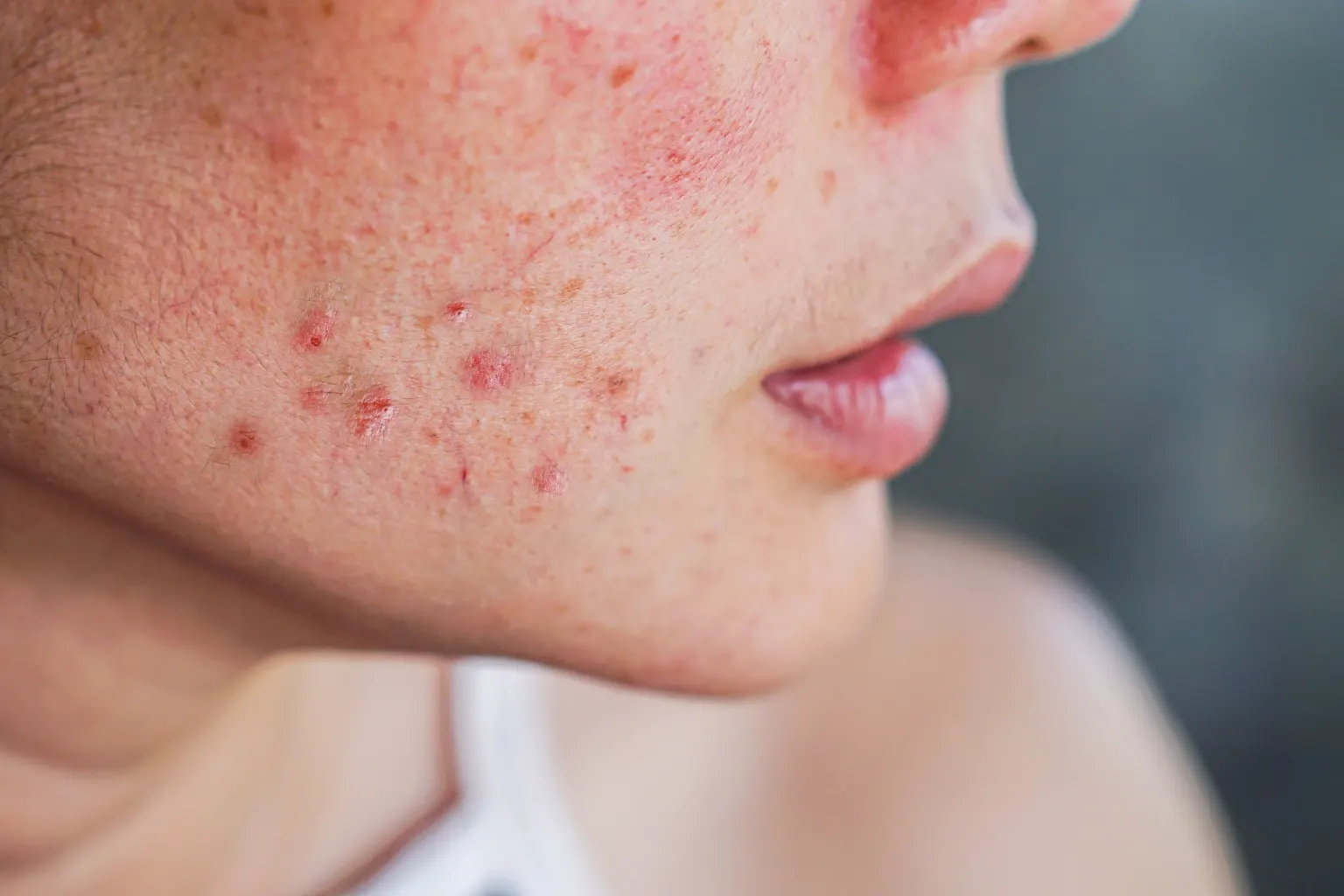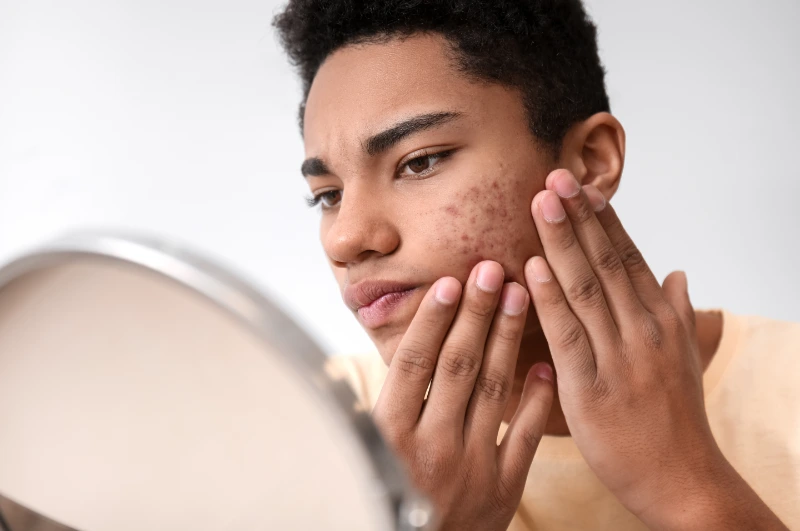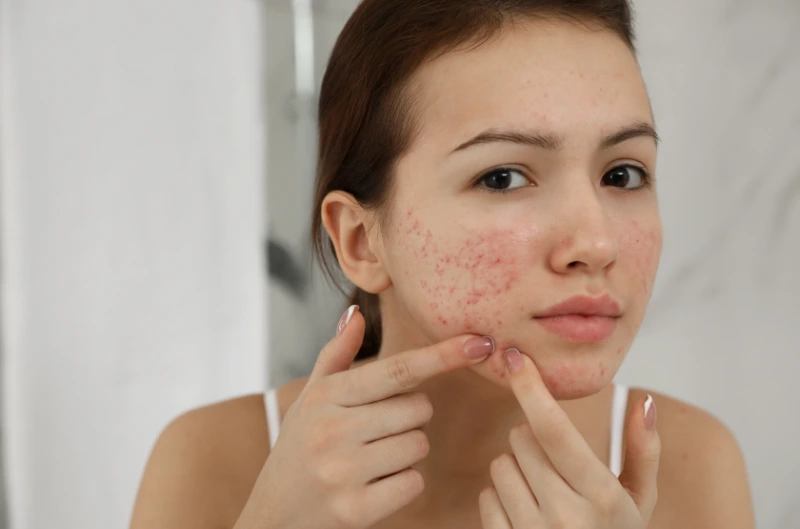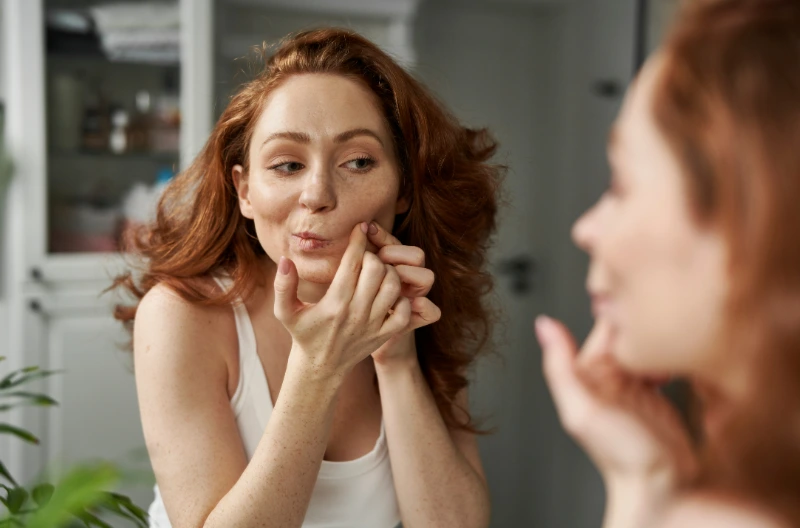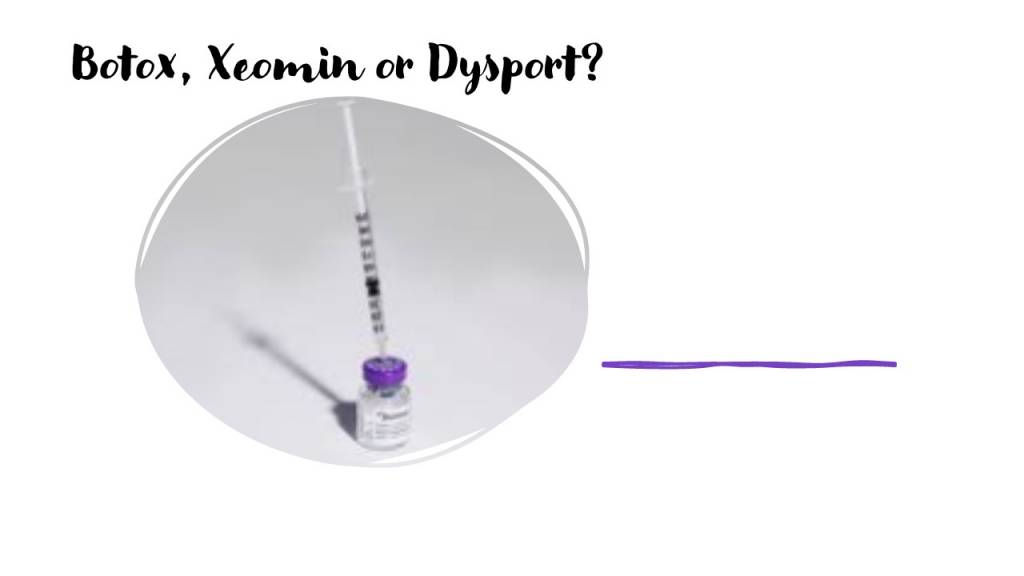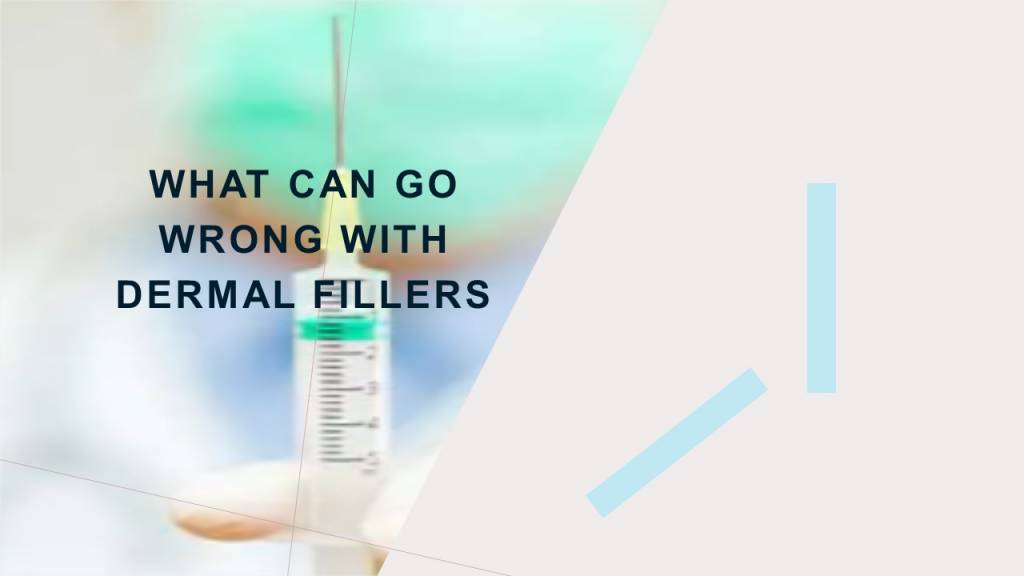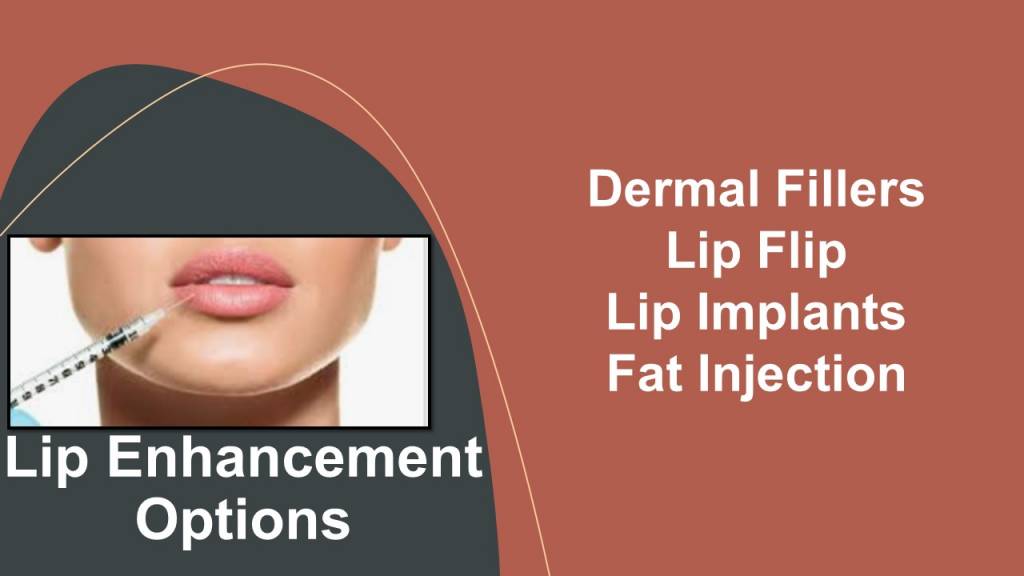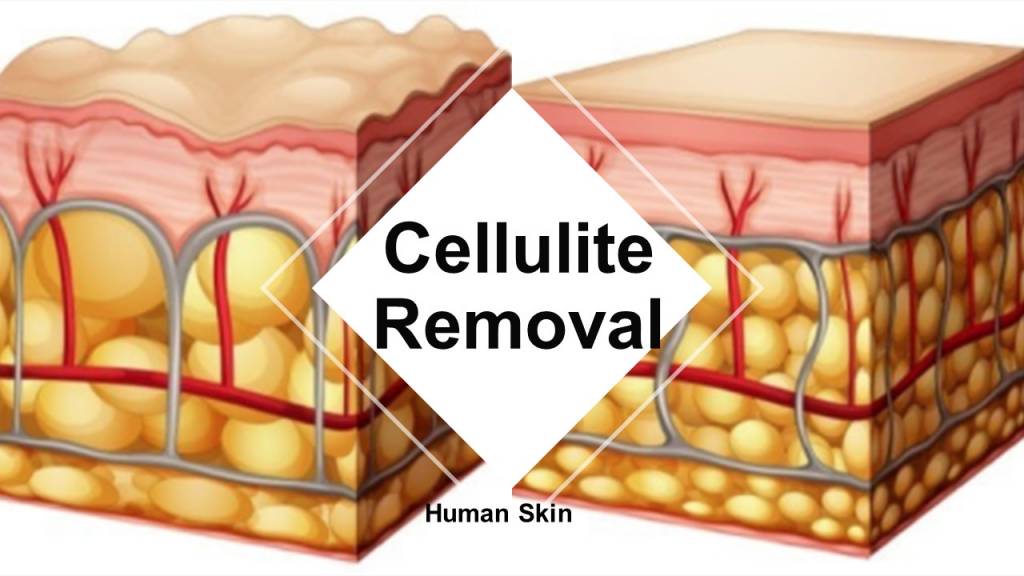
Coffee is good for your skin because of its antioxidant properties, but the way that you drink your coffee could be causing your skin to break out.
What Is in Coffee?
The caffeine in coffee is the main reason people drink it in the morning and rely on it for a midday pick-me-up. You might have also heard that caffeine is a diuretic that can cause dehydration. Many recent studies have found that caffeine is a very mild diuretic at most; a review of 10 studies at the University of Connecticut found that 12 out of 15 cases showed that people went to the bathroom the same amount, regardless of whether or not the water they drank had caffeine in it. This study even claimed that there was no difference between males who consumed coffee versus water. It’s all still up for debate, but there’s an easy solution for those worried their coffee habit is dehydrating their skin—just drink more water.
Coffee also contains antioxidants. We all know that eating a diet rich in antioxidants can help improve your skin health, but research into the actual process of how antioxidants are absorbed and utilized in the body is still ongoing. However, we do know this: free radicals cause signs of aging, like fine lines, wrinkles, and brown spots. Antioxidants fight free radicals, and thus, help to fight signs of aging.
Cortisol – Studies have found that caffeine can increase levels of the so-called stress hormone, cortisol. Too much cortisol can have a harmful effect on the body. A study on 144 young women found that higher stress levels led to more acne. Cortisol can also cause the skin to produce more sebum, or oil, potentially leading to acne. Furthermore, caffeine can interfere with sleep, which may affect cortisol levels.
Insulin – Caffeine may also cause insulin levels to spike, and studies suggest this could make acne worse. One study found that people who had higher insulin levels were more likely to have severe acne.
Estrogen – Caffeine may alter estrogen levels in females of childbearing age, but this varies from person-to-person. An older study of 250 females found that consuming 200 milligrams (mg) of caffeine each day raised estrogen levels in Asian participants but lowered it in white participants.
Sugar and acne – People who have acne may also wish to limit or avoid sugar in their morning cup of coffee. Research has suggested a link between acne and higher glycemic foods, or those that cause blood sugar spikes. These foods are often ones with high sugar content, especially added sugars. One study found that people who consumed more high glycemic foods had more risk of acne. Also, a systematic review found that a diet lower in sugar could help improve acne.
So, Should I drink coffee?
There are ways to enjoy coffee without affecting various skin conditions:
- Consuming less caffeine overall – People can do this by using decaffeinated or half-caffeine coffee or drinking less regular coffee. However, they should be mindful of other beverages, such as tea and energy drinks, that may also contain caffeine. The Food and Drug Administration (FDA) recommend no more than 400 mg of caffeine a day, or 4–5 cups of regular coffee. However, some people are more sensitive to caffeine’s effects and may need to consume much less than this amount.
- Cutting back on sugar – Adding little to no sugar to coffee can achieve this, as can cutting back or eliminating sugary sodas from the diet.
- Reducing low fat or skimmed milk – People can do this by trying a dairy alternative creamer or using whole milk in coffee instead.
Coffee contains beneficial antioxidants that can be good for skin and overall health. However, drinking too much caffeinated coffee and adding sugar or milk may make acne worse. People who are prone to acne may wish to cut back on caffeine, dairy, and sugar to see if it helps improve their skin. If acne continues to get worse or does not improve, people may wish to consult a professionals.
If you are suffering from acne, we have successfuly treated many patients with acne conditions. Click here to make your initial consultation >>>

